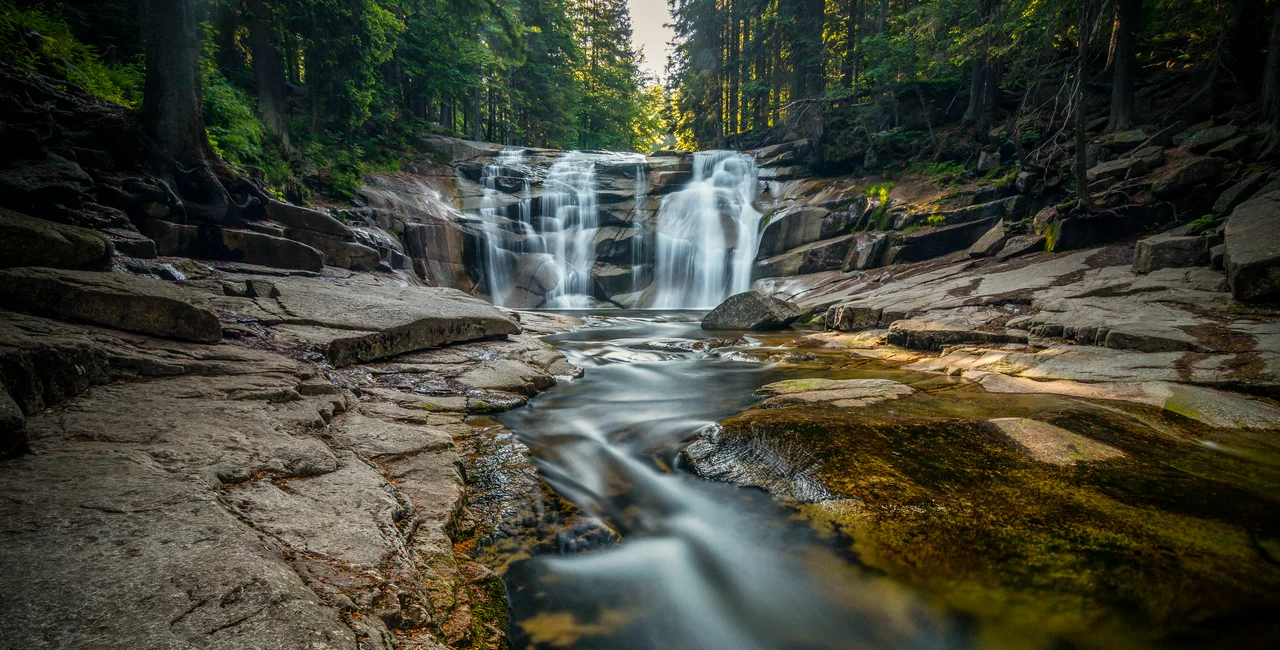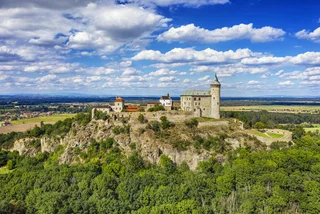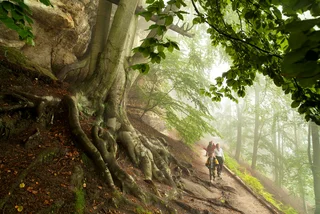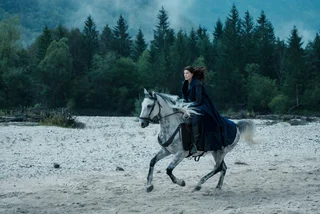The Krkonoše National Park is one of the five most-visited national parks in the world, but that popularity takes its toll. The park, located in the Krkonoše mountains on the northern border of the Czech Republic, sees some 13 million visitors annually, and this puts pressure on conservationists who want to keep the park as natural as possible.
The Czech side connects to the Karkonosze National Park in Poland to make the largest protected natural area in Central Europe. Together, both parks cover 425 square kilometers, with 370 square kilometers on the Czech side. There is also a 184 square kilometer buffer zone around the parks. The administrations of both parks work together.
“The mountains in Krkonoše are not interested in any political state borders. There is only one nature. And we are trying to adapt to this as administrators of the territory,” Robin Böhnisch, director of the Krkonoše National Park (KRNAP) administration, said.
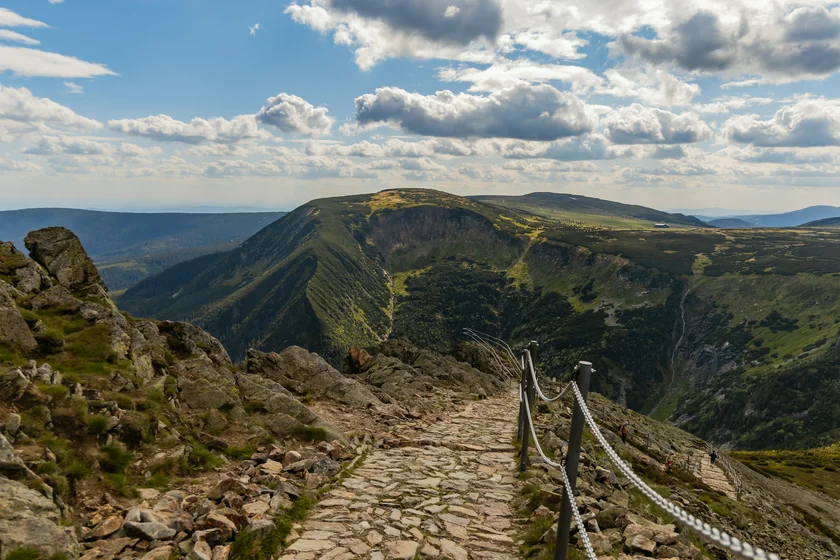
The Krkonoše mountains, sometimes called the Giant Mountains in English, were declared a national park in 1963, making it the oldest national park in the country. The name refers to the Czech folklore figure Krakonoš, a protector of forests and mountain pastures who brought luck to shepherds and others who lived off the land. He apparently was the inspiration for Gandalf in J.R.R. Tolkien’s epic “The Lord of the Rings.”
The most visited localities in the park include the Sněžka peak, the surroundings of Labská bouda and Pramen Labe, the Memorial to the Mountain Victims, and the Úpské rašeliniště peat bog. Read more about them here. Details on visiting the park's information centers, museums, and education center can be found on the park's website.
Böhnisch said that protecting the park’s landscape and balancing that with the public interest in using the park has become a huge daily challenge. He made his comments to mark the European Day of Parks, which falls every year on May 24.
He called the park a unique mosaic of mountain ecosystems formed by the action of glaciers in the past and avalanches in the present. The mountain slopes are covered with forests and meadows, and the upper parts of the flat ridges are overgrown with Scots pine, alpine lawns, and peat communities.
“During the almost six decades of the national park’s existence, the Krkonoše nature conservation has had to deal with a number of problems and influences that have fundamentally affected the existence and nature of the national park,” Böhnisch said.
Pressure to develop the park is one challenge. A plan in the past to build a ski resort in Modrý důl was averted, he said. Also in the past, large-scale recreational facilities, often of little architectural value, were created under the motto “the mountains belong to workers.”
“And we are in a similar situation today, albeit under different slogans. We deal with the pernicious phenomenon of apartment housing,” he said. Despite the area being protected by a buffer zone, there are efforts to build housing developments close to the park. This would have a negative impact on preservation efforts.
That, added to the impact of 13 million visitors per year, makes defending the public interest in nature and landscape protection a huge challenge every day, he said.
From the point of view of conservation work, there have been several successes. Formerly commercial stands of unsuitable species of trees have been replaced with forests with a more natural composition, especially in the lower parts of the mountains.

Research activities and follow-up projects help to retain water in the landscape. Various wetland habitats, including peat bogs, are returning to previously artificially drained areas. Thanks to cooperation with local farmers, the care for mountain meadows is expanding, which is rewarded by the return of many species of plants and invertebrates to places where they were common in the past.
The phenomenon of volunteering is also growing at an unprecedented rate. Coping with tourist pressure would not be possible without quality care for the tourist infrastructure – roads, hiking trails, rest areas, and nature trails. The whole region benefits from this multi-level care, Böhnisch said.
He also praised the cooperation with Polish partners. The two parks have held the Europarc Federation’s Transboundary Parks certification for three years.
“The Krkonoše mountains were one of the first certified cross-border parks in Europe," Böhnisch said. "We have a common logo with Polish partners, a common strategy for the care of both parks, we coordinate nature monitoring, ecological education, we have joint projects, we meet regularly, we learn the language of our partners.
The number of visitors to the park has been growing, especially in the last 10 years. The park administration uses automatic counters to monitor the number of visitors, especially to the mountain ridges. It uses heat sensors to monitor the movement of hikers. Last year, from July to October, the number of visitors to the Krkonoše ridges increased to 1.004 million passages from 0.957 million at the same time in 2020, according to data from automatic tourist counters.












 Reading time: 4 minutes
Reading time: 4 minutes 